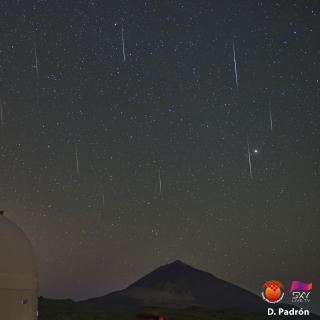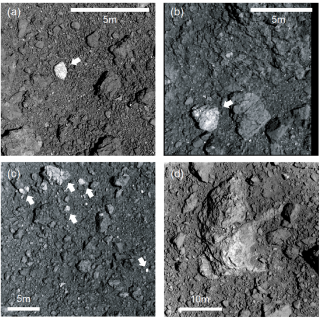
Hayabusa2’s optical navigation camera (ONC) found many anomalously bright boulders on the dark surface of the carbonaceous (or C-type) asteroid Ryugu. Observations with ONC and the near-infrared spectrometer (NIRS3) indicates that at least six of those bright boulders exhibit reflectance spectra consistent with exogenous origin; their spectra are similar to rocky (or S-type) asteroids. This means that the bright boulders resulted from collisional mixing between Ryugu’s parent body and S-type asteroid(s). On Bennu, the asteroid explored by NASA’s OSIRIS-REx, bright boulders with spectra
Advertised on
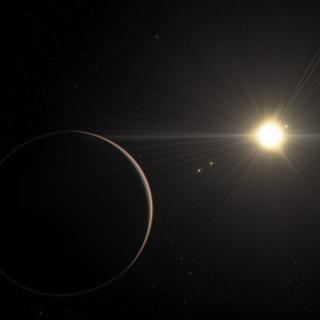
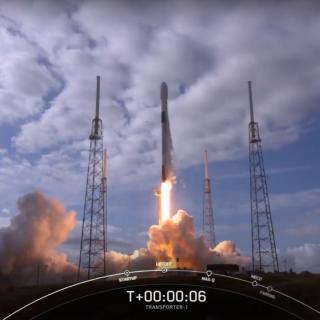
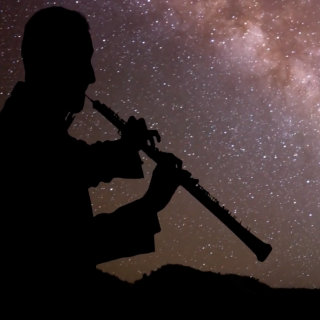
 and CO(7-6) ALMA maps of the narrow (broad) emission HST imaging and narrow and broad components ALMA maps of ID2299. The top-left panel shows the HST-F814W imaging of the source, sampling the UV rest-frame emission from young stars. The top (bottom) rows show the CO(2-1), CO(5-4), [CI](2-1) and CO(7-6) ALMA maps of the narrow (broad) emission](/sites/default/files/styles/crop_square_2_2_to_320px/public/images/news/nature_210111.png?h=3df1cc9d&itok=uyk1HUVd)
